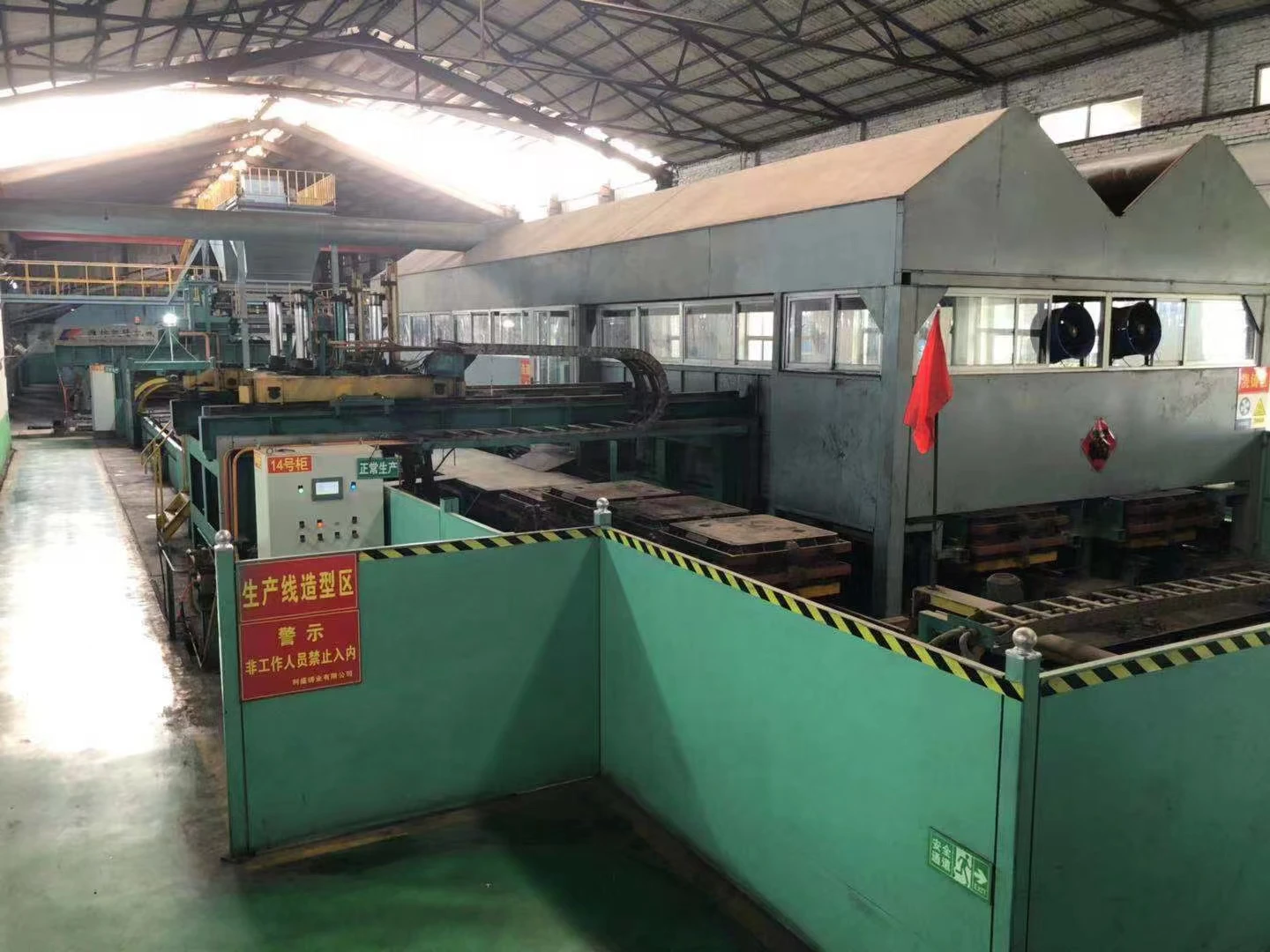gate valve 100mm
Understanding the 100mm Gate Valve Design, Functionality, and Applications
Gate valves are essential components in various piping systems, primarily used for on-off control of fluid flow. Among the various sizes available, the 100mm gate valve stands out due to its considerable size and efficiency in managing fluid transport in industrial settings. In this article, we will explore the design, functionality, and applications of the 100mm gate valve.
Design Features
A 100mm gate valve is typically designed with a round or rectangular body and features a gate or wedge mechanism that slides between two seats to control the flow. The construction often includes a combination of durable materials such as cast iron, stainless steel, or bronze, depending on the application requirements. The choice of material impacts not only the valve’s strength and wear resistance but also its compatibility with various fluids, including water, oils, and chemicals.
The valve consists of several key components
1. Body The main part of the valve that houses the internal components. 2. Gate The movable element that either blocks or allows flow. 3. Seats The surfaces against which the gate seals to prevent leaks. 4. Stem The rod that connects the gate to the operating mechanism. 5. Handwheel or actuator The mechanism used to operate the valve, either manually or automatically.
The 100mm size indicates the nominal diameter, which is crucial for ensuring that the valve fits seamlessly into existing piping systems. This standard sizing makes it easier for engineers and technicians to select and integrate valves in diverse applications.
Functionality
The primary function of a gate valve is to provide robust on-off control over fluid flow. Unlike other types of valves, such as globe or ball valves, gate valves are designed for minimal flow restriction when fully open. This is particularly important in applications where maintaining pressure and flow rate is critical.
When the handwheel or actuator turns the stem, the gate rises or falls within the body of the valve, effectively opening or closing the flow path. It is worth noting that gate valves are not suitable for throttling purposes, as partially closed gates can lead to turbulence, erosion, and damage over time.
Applications
gate valve 100mm

The versatility of the 100mm gate valve makes it suitable for a wide range of applications across various industries, including
1. Water Treatment Plants Used for controlling the flow of water in treatment processes, these valves ensure that operations run smoothly. 2. Oil and Gas Industry In this sector, the 100mm gate valve is employed to manage the flow of crude oil and natural gas, ensuring safe and efficient transport.
3. Chemical Manufacturing These valves can handle corrosive substances, making them ideal components in chemical plants where different liquids need to be transported or mixed.
4. Fire Protection Systems Gate valves are vital in fire protection systems, providing a reliable means of controlling the water supply to fire hydrants and sprinkler systems.
5. HVAC Systems In heating, ventilation, and air conditioning systems, 100mm gate valves help regulate water flow for optimal temperature control.
Advantages and Limitations
One of the most significant advantages of a 100mm gate valve is its ability to provide a tight seal when fully closed, preventing leaks effectively. Additionally, when fully opened, it allows for unobstructed fluid flow, reducing pressure loss in the system.
However, there are limitations to consider. Slow operation is a downside, as gate valves require multiple turns to fully open or close. This can be problematic in emergency situations where rapid valve actuation is necessary. Furthermore, gate valves are not designed for throttling; their use in this capacity can lead to damage and inefficiencies.
Conclusion
In summary, the 100mm gate valve is a robust and reliable component in fluid control systems, offering excellent sealing capabilities and minimal flow resistance. Its wide range of applications, from water treatment to chemical processes, underscores its importance in maintaining efficient and safe operations across various industries. Understanding its design and functionality allows engineers and technicians to make informed choices when selecting valves for specific applications. Whether in industrial, municipal, or commercial settings, the 100mm gate valve remains an integral part of modern engineering solutions.
-
The Smarter Choice for Pedestrian AreasNewsJun.30,2025
-
The Gold Standard in Round Drain CoversNewsJun.30,2025
-
The Gold Standard in Manhole Cover SystemsNewsJun.30,2025
-
Superior Drainage Solutions with Premium Gully GratesNewsJun.30,2025
-
Superior Drainage Solutions for Global InfrastructureNewsJun.30,2025
-
Square Manhole Solutions for Modern InfrastructureNewsJun.30,2025
-
Premium Manhole Covers for Modern InfrastructureNewsJun.30,2025
